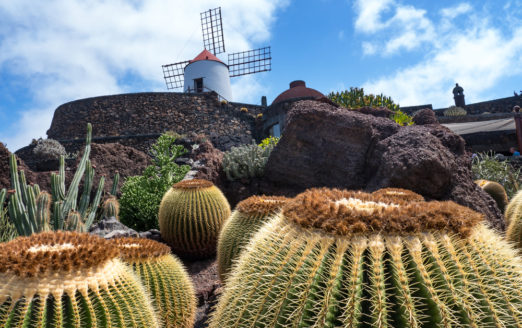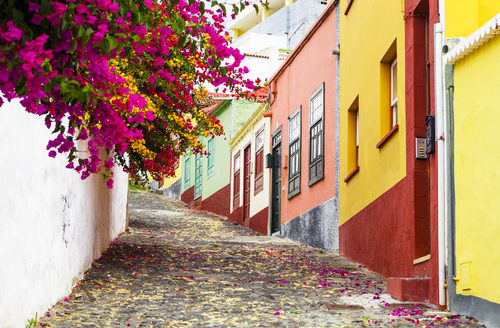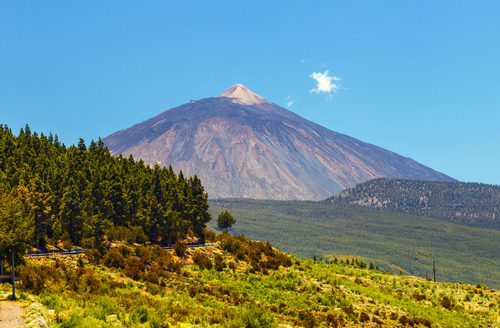The Canary Islands
For many years we didn’t offer the Canary Islands to our travelers. We didn’t know the terrain well enough, nor did we think the islands catered sufficiently to the discerning and cultured traveler. There are still many areas of the islands where the adverse effects of mass tourism are all too evident, but
in recent years the local governments of the islands, together with some excellent private initiatives, are making a concerted effort to attract those seeking culture and nature. They are in rich supply!
There are also some stunning properties to enjoy on the islands.
The Canary Islands consist of seven main islands; Gran Canaria, Tenerife, Fuerteventura, Lanzarote, La Palma, La Gomera, and El Hierro. For American visitors, the Canary Islands have a resemblance to the Caribbean, but possess the facilities and characteristics of Europe — hospitals, low crime, relatively high standard of living, Spanish culture and healthy, delicious food (great tapas, olive oil, indigenous white goat cheese and a local delicacy, “wrinkled potatoes” boiled in salted water until the water evaporates). Surprisingly, the landscape of each of the major islands is radically different from the others.
To the “luxury traveller” Tenerife is usually the first port of call, given the level of properties and opportunities for touring and activities (the volcano and Spain’s highest peak Mount Teide, beautiful old villages such as Garachico, stargazing or astrotourism, sailing the waters with whales and dolphins, waters ports and back inland the UNESCO site of La Laguna etc). However, all the islands offer unique experiences, and anyone considering visiting the islands should let us know exactly what they are looking for, so we can cater perfectly to their interests and tastes.
Currently we are only recommending the islands as a destination manly for only two periods of the year:
i) during the Spring break in the US when travelers are seeking to combine island and beach life with culture and fun activities. It’s simply not warm enough in the Balearic Islands in March.
ii) In the months of July and August when, surprisingly, the tourism from northern Europe drops and Spaniards roam the islands in greater numbers. And for families in particular, looking for some island fun, hotels tend to be much better value at this time of year.
Your dream trip to Spain starts here… CONTACT US


